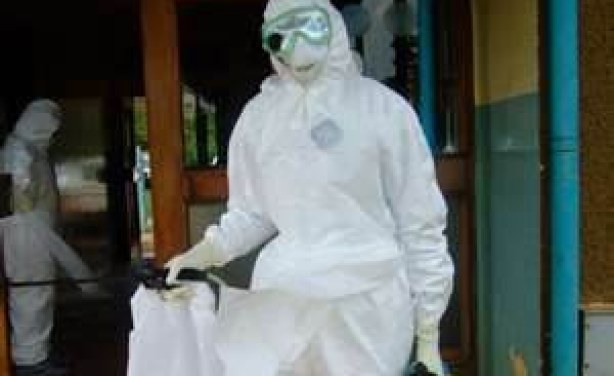All birds culled, eggs destroyed at unit
Zilla panchayat worries about unreported instances of bird flu
Culling of all birds and disposal of poultry eggs at the Central Poultry Development Organisation (CPDO), where the Union government has notified the outbreak of avian influenza (H5N1), were completed on Wednesday. This comes amidst worry expressed by elected representatives at the Bangalore Rural Zilla Panchayat meeting over the spread of the disease to neighbouring areas because of possible unscientific disposal of birds.
Big numbers
Over 33,000 birds, including an ostrich, 369 emus, 13,342 ducks and 19,235 chickens housed at CPDO have been culled since Tuesday as directed by the Union government. Some 700 turkeys also have been culled after 3,600 died of the influenza.
Sanitisation of the 52 sheds and pens within the CPDO is still on even as the source of the outbreak remains elusive.
Overcome by emotion
“All birds have been culled and disposed of. We will make a new beginning and a fresh set of birds will be brought after 90 days,” a senior CPDO official told The Hindu . “It was difficult for us to cull the birds [as we have been rearing them],” the official added, his voice choking with emotion.
A team from the National Centre for Disease Control visited the Hesaraghatta farm on Wednesday to ascertain whether the health protocol for CPDO employees was in place, particularly administering anti-viral drugs.
Arvind Jannu, Principal Secretary, Department of Animal Husbandry, said no unusual death of birds has been noticed so far, and authorities were monitoring the situation. There is some anxiety over the wet weather triggered by Cyclone Nilam. Even as the authorities are struggling to contain the outbreak, veterinary doctors warn that the rain could help spread the highly pathogenic avian influenza.
Random permissions
Meanwhile, people in parts of Bangalore Rural district adjoining Hesaraghatta are tense about the spread of the flu, considering the district has a large number of privately owned poultry farms.
In a heated discussion at the Bangalore Rural Zilla Panchayat meeting on Wednesday, member M.N. Ram said there were about 1,500 private poultry farms which are not being closely monitored. He claimed private poultry owners dumped dead birds on National Highway 4, sending those living in the vicinity into a flap.
“Permission to open these farms is given by the gram panchayats. There is no coordination between them and the Health Department. So accountability is not fixed,” said Mr. Ram.
Though veterinary officials sought to allay fears saying that there were no reported cases of the disease in Bangalore Rural district, it didn’t help as members pointed out there were not enough pre-emptive measures in place.
Though there was a rule that a poultry farm could not be opened within a 100-metre radius of any habitation, there are instances of gram panchayats flouting it in return for a hefty fee. “Even the fee amount is not fixed and each gram panchayat charges at its own whim,” Mr. Ram said.
To this Mr. Jannu conceded that if birds are disposed of clandestinely, the government would not be any wiser. http://www.thehindu.com/todays-paper/all-birds-culled-eggs-destroyed-at-unit/article4052908.ece?textsize=large&test=1






